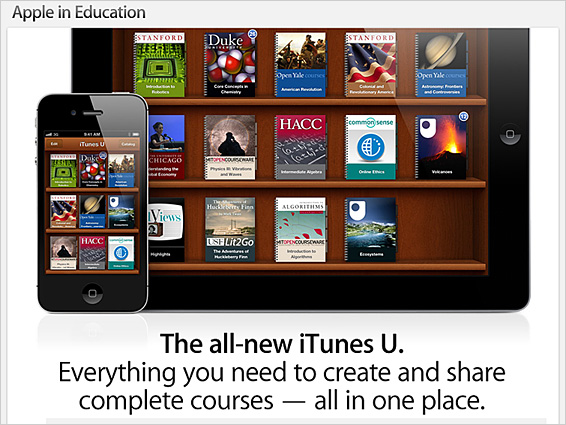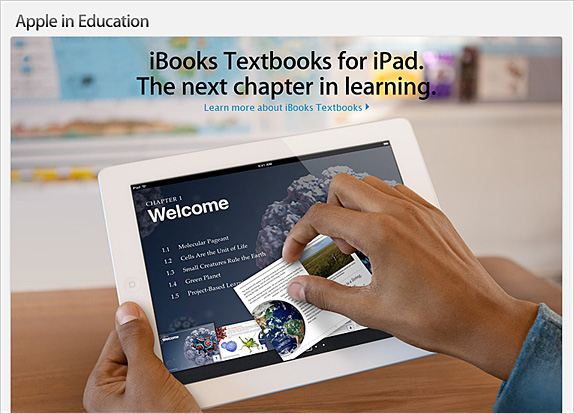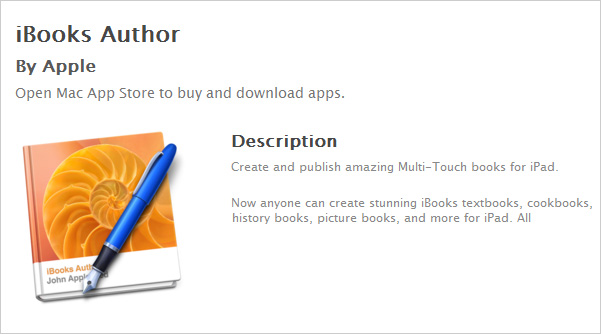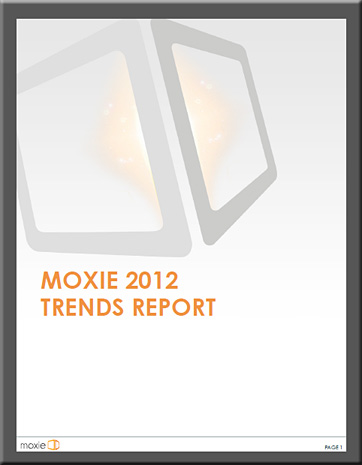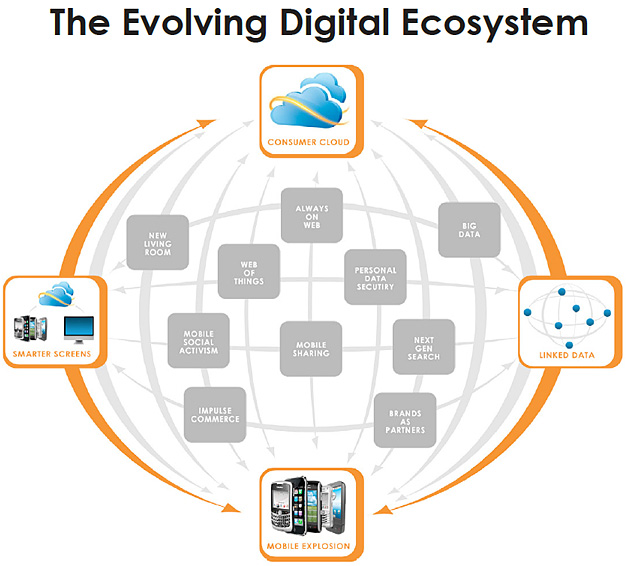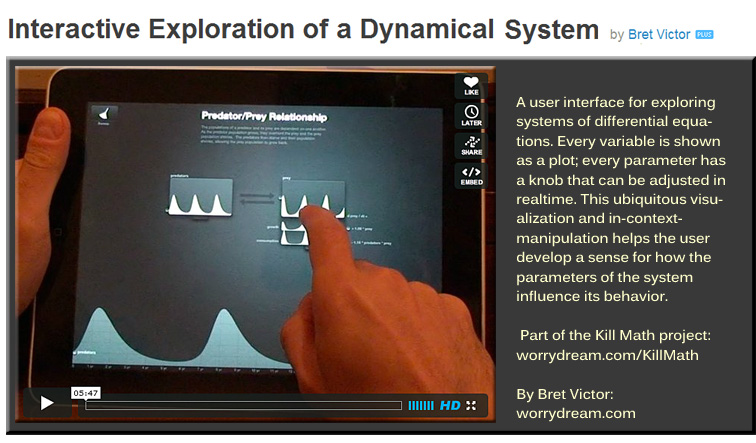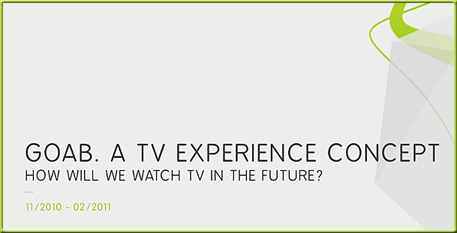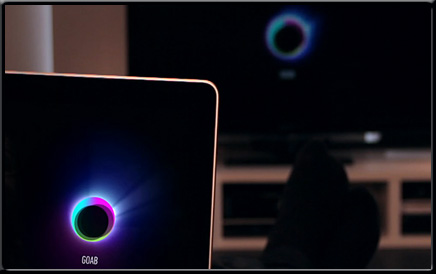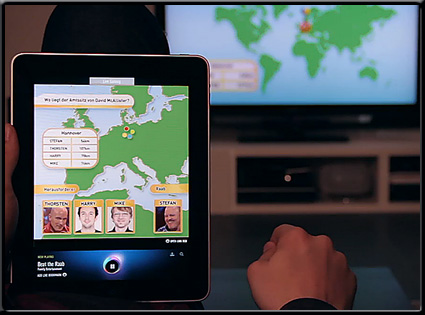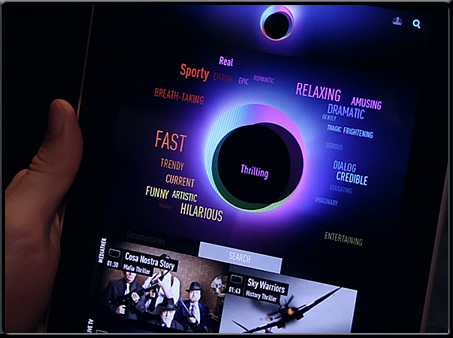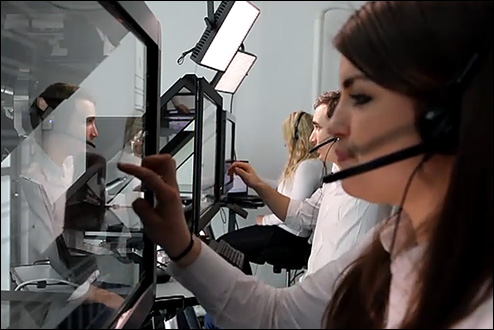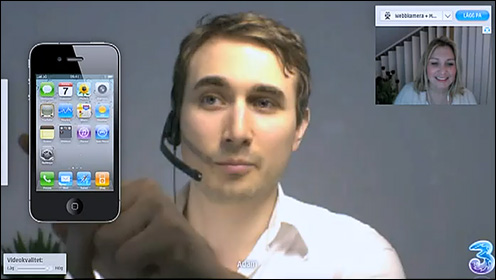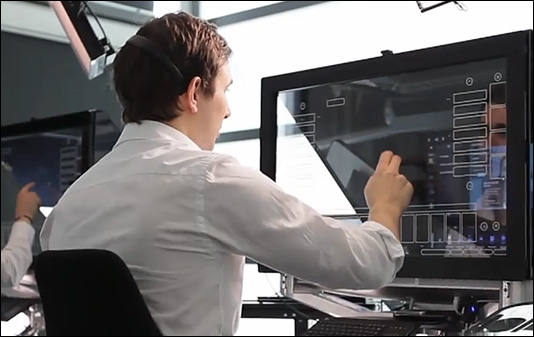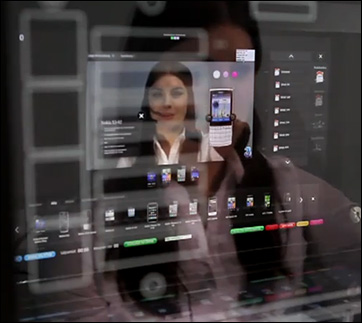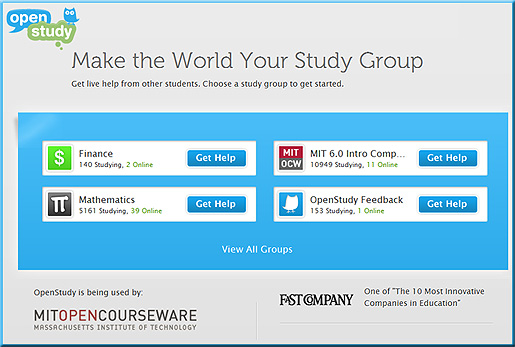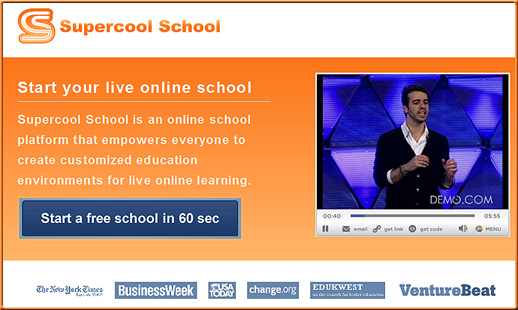Living room video calling users to surpass 16 million in 2015 — from instat.com
Excerpt:
The video calling market can be divided into three sub-markets depending on the device which is being used to make the call: PCs, Mobile, and living room (digital home) devices. Living room video calling is a nascent market and currently has a relatively small user base. New NPD In-Stat (www.in-stat) research forecasts that total users will increase from 1.5 million in 2011 to 16.4 million in 2015. Asia Pacific will be the largest market for living room video calling by a significant margin as this is the region with the highest video calling enabled device shipments.
.
From DSC:
- The massive convergence of the TV, the computer, and the telephone continues
- The current model of higher ed has run it’s course — the model is breaking down
- The cost of obtaining an education must decrease; new business models are and will continue to come to fruition
- One of those business models is what I call “The Forthcoming Walmart of Education“
- One of the pieces of this “Walmart of Education” will involve “learning from the living room“
- “Students” will be able to watch one device while interacting with another device (though I could also see everything happening via one device as well)
- Learning will likely be more interactive, multimedia-based, available 24x7x365, personalized, customized and backed up by some serious social networking/learning, analytics, artificial intelligence, learning agents, and online-based tutoring
- “Textbooks” will flow into the living rooms as well as to tablets, smart phones, and other devices; but they will be more like apps where updates will occur as necessary
- Rock-star profs are likely to emerge
- Anyway…”stay tuned”
Also see:
A Disrupted Higher-Ed System — from The Chronicle by Jeff Selingo
Excerpt:
Just look at the last month:
- The Massachusetts Institute of Technology announced that it would create MITx, a self-service learning system in which students can take online tests and earn certificates after watching free course materials posted by the university.
- StraighterLine, which offers self-paced introductory courses online, said that it would give students access to the Collegiate Learning Assessment and other similar tests, allowing them to take results to employers or colleges to demonstrate their proficiency in certain academic areas.
- Apple introduced three free pieces of software that allow students to download or create textbooks, and that permit instructors to create a digital curriculum in iTunesU.









